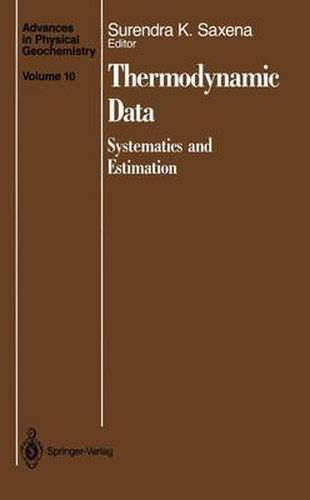Readings Newsletter
Become a Readings Member to make your shopping experience even easier.
Sign in or sign up for free!
You’re not far away from qualifying for FREE standard shipping within Australia
You’ve qualified for FREE standard shipping within Australia
The cart is loading…






This title is printed to order. This book may have been self-published. If so, we cannot guarantee the quality of the content. In the main most books will have gone through the editing process however some may not. We therefore suggest that you be aware of this before ordering this book. If in doubt check either the author or publisher’s details as we are unable to accept any returns unless they are faulty. Please contact us if you have any questions.
With the rapid development of fast processors, the power of a mini-super computer now exists in a lap-top box. Quite sophisticated techniques are be coming accessible to geoscientists, thus making disciplinary boundaries fade. Chemists and physicists are no longer shying away from computational mineral ogical and material science problems too complicated to handle. Geoscientists are willing to delve into quantitative physico-chemical methods and open those black boxes they had shunned for several decades but with which had learned to live. I am proud to present yet another volume in this series which is designed to break the disciplinary boundaries and bring the geoscientists closer to their chemist and physicist colleagues in achieving a common goal. This volume is the result of an international collaboration among many physical geochemists (chemists, physicists, and geologists) aiming to understand the nature of material. The book has one common theme: namely, how to determine quantitatively through theory the physico-chemical parameters of the state of a solid or fluid.
$9.00 standard shipping within Australia
FREE standard shipping within Australia for orders over $100.00
Express & International shipping calculated at checkout
This title is printed to order. This book may have been self-published. If so, we cannot guarantee the quality of the content. In the main most books will have gone through the editing process however some may not. We therefore suggest that you be aware of this before ordering this book. If in doubt check either the author or publisher’s details as we are unable to accept any returns unless they are faulty. Please contact us if you have any questions.
With the rapid development of fast processors, the power of a mini-super computer now exists in a lap-top box. Quite sophisticated techniques are be coming accessible to geoscientists, thus making disciplinary boundaries fade. Chemists and physicists are no longer shying away from computational mineral ogical and material science problems too complicated to handle. Geoscientists are willing to delve into quantitative physico-chemical methods and open those black boxes they had shunned for several decades but with which had learned to live. I am proud to present yet another volume in this series which is designed to break the disciplinary boundaries and bring the geoscientists closer to their chemist and physicist colleagues in achieving a common goal. This volume is the result of an international collaboration among many physical geochemists (chemists, physicists, and geologists) aiming to understand the nature of material. The book has one common theme: namely, how to determine quantitatively through theory the physico-chemical parameters of the state of a solid or fluid.